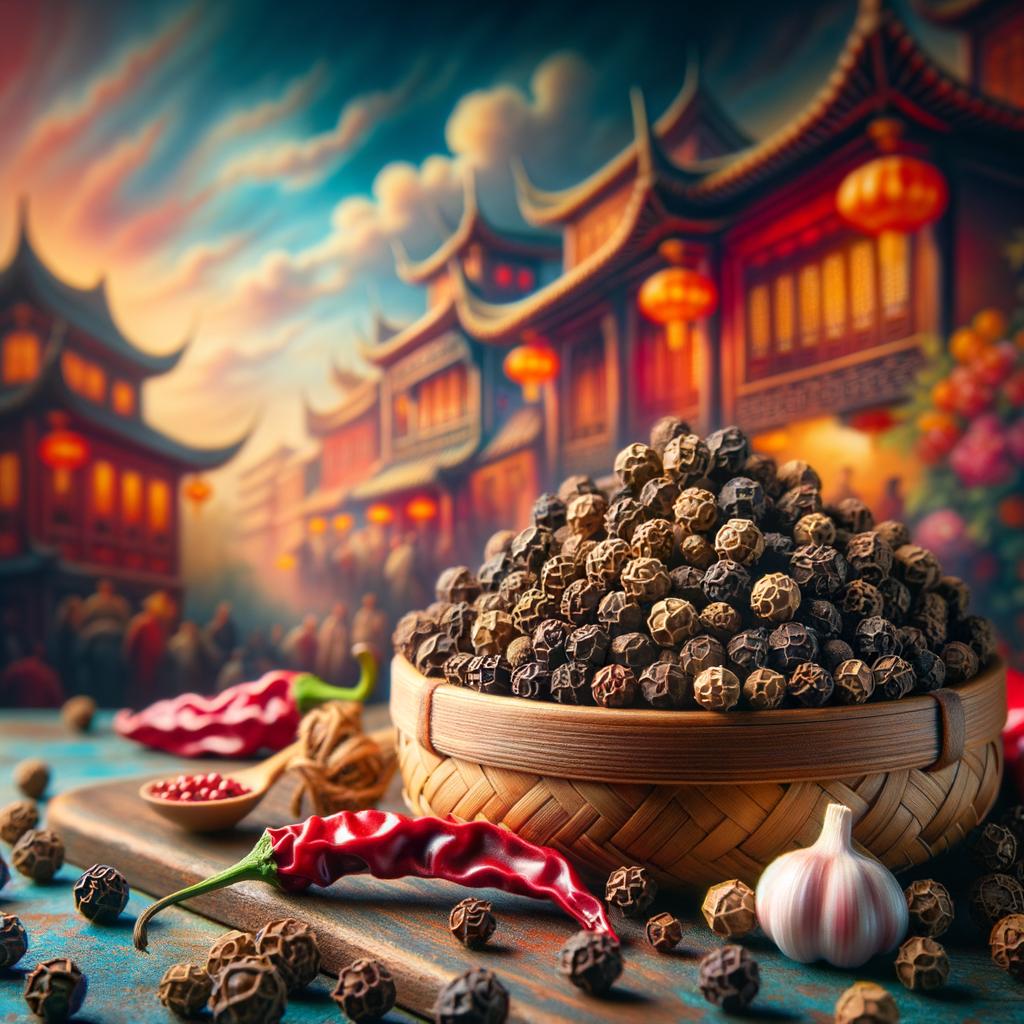Sichuan Peppercorns

Description
Sichuan peppercorns, also known as Chinese coriander, are not your typical peppercorns. These intriguing little orbs, hailing from the Sichuan province of China, have a unique, reddish-brown hue, with a rough, crinkly texture. They are not peppercorns in the traditional sense, but the dried berries of the prickly ash tree. Their flavor profile is a fascinating dance of sensations, starting with a mildly tangy, citrus-like taste, followed by a distinctive numbing sensation that sets the stage for the spicy flavors of a dish. This 'ma' or numbing characteristic is what sets Sichuan peppercorns apart from all other spices.
Primary Uses
Sichuan peppercorns are the soul of Sichuan cuisine, one of the most popular regional cuisines in China. They are a key component in the famous 'ma la' (numbing and spicy) flavor, adding depth and complexity to dishes like Mapo Tofu and Kung Pao Chicken. They are often dry-roasted to unlock their aromatic potential and then ground to a powder to be used in various spice mixes, most notably the Chinese Five Spice. Besides their culinary usage, they also have traditional medicinal uses in Chinese medicine, believed to have stomach-soothing properties.
History
The history of Sichuan peppercorns is a tale as spicy as the peppercorns themselves. For centuries, they have been a staple in Sichuan cuisine, named after the region where they are most commonly grown. Their use was briefly banned in the United States due to concerns about a bacterial disease that could harm native plants, but this only served to increase their mystique and desirability. The ban was lifted in 2005, and since then, the popularity of Sichuan peppercorns has soared, with chefs around the world embracing their unique flavor profile. There is an old Sichuan saying that one cannot claim to have never been to Sichuan if their lips have not been numbed by Sichuan peppercorns, emphasizing their cultural significance.
Nutritional Information
Sichuan peppercorns are more than just a flavor powerhouse; they are also packed with nutrients. They are rich in antioxidants, vitamins like Vitamin A, and minerals such as potassium, iron, and zinc. They also contain various essential oils and have anti-inflammatory properties. The 'numbing' sensation they provide is due to a compound called hydroxy-alpha sanshool, which stimulates tactile sensors in the lips and mouth. While their nutritional profile is similar to other spices, their unique sensory effects and the depth of flavor they add to dishes make them a standout ingredient in the spice world.

